As a combined practice, the Cardiovascular Care Group and Vein Institute of NJ focus on a variety of issues involving the arteries and veins of your body. And as board-certified vascular surgeons, we are able to provide some of the foremost diagnostics and treatments for these vascular issues.
When it comes to treating veins, one of the most common cosmetic procedures performed by our vein doctors is sclerotherapy – the use of a liquid chemical called a sclerosant that is painlessly injected into the affected vein.
To help mark National Stroke Awareness Month this May, The Vein Instiute of NJ wants to make you aware of this disease, its link to carotid artery disease, and the steps for early detection.
Ablation therapy is considered a minimally-invasive vein treatment procedure that makes use of radiofrequency or laser technology. The use of lasers has increased in medicine and The Vein Institute of New Jersey is a leader in this type of treatment for varicose veins.
Leg pain may come from a variety of sources. Some pain—particularly muscular or joint pain-- can be attributed to overuse. Frequently, back problems of spinal alignment cause pain in the legs. Occasionally, pain may emanate from the vascular system--blood clots, varicose veins or poor circulation.
As part of our effort to promote awareness and education at the Vein Institute of NJ, we want to highlight Deep Vein Thrombosis (DVT), as March is awareness month for this disease.


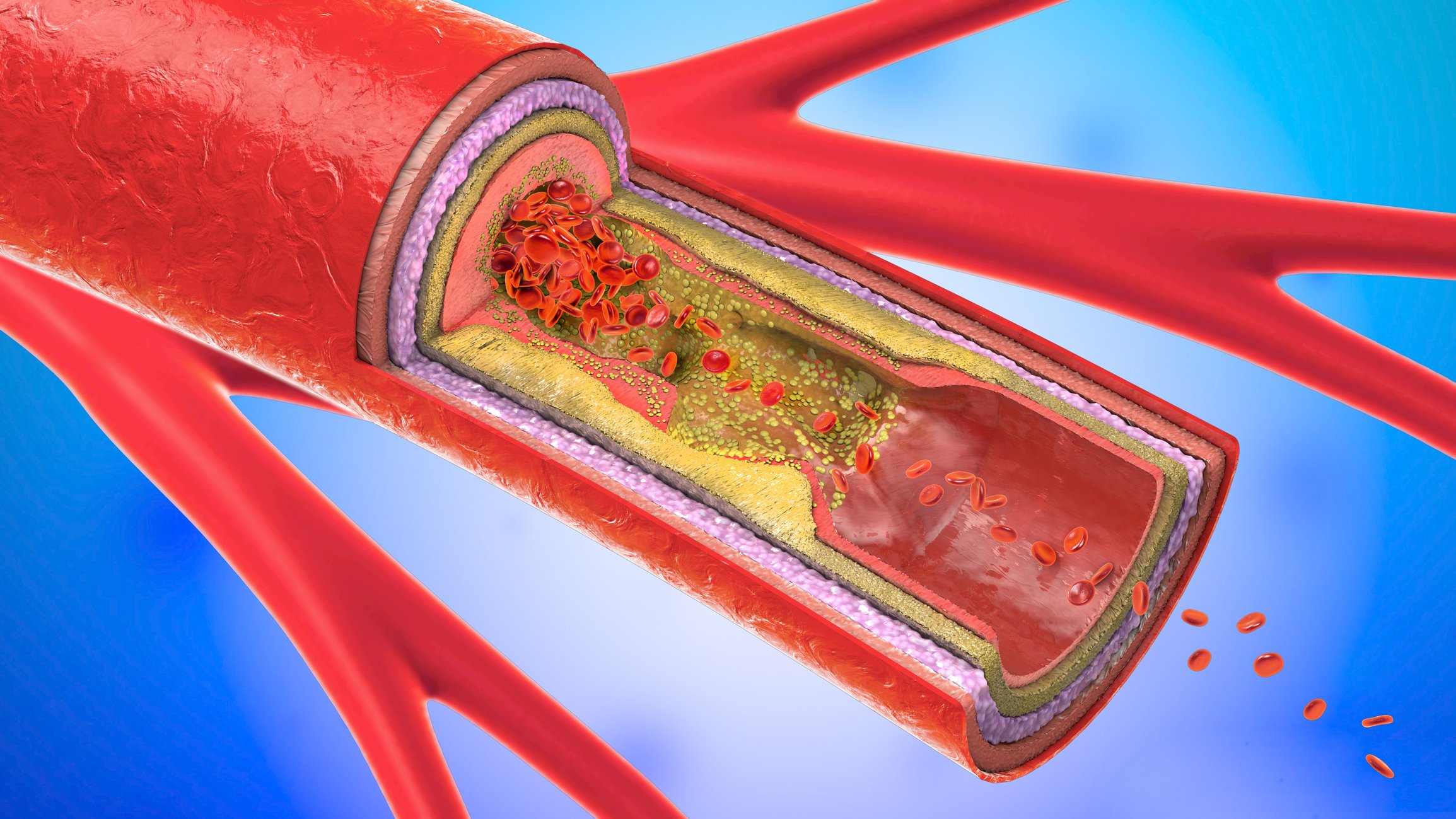
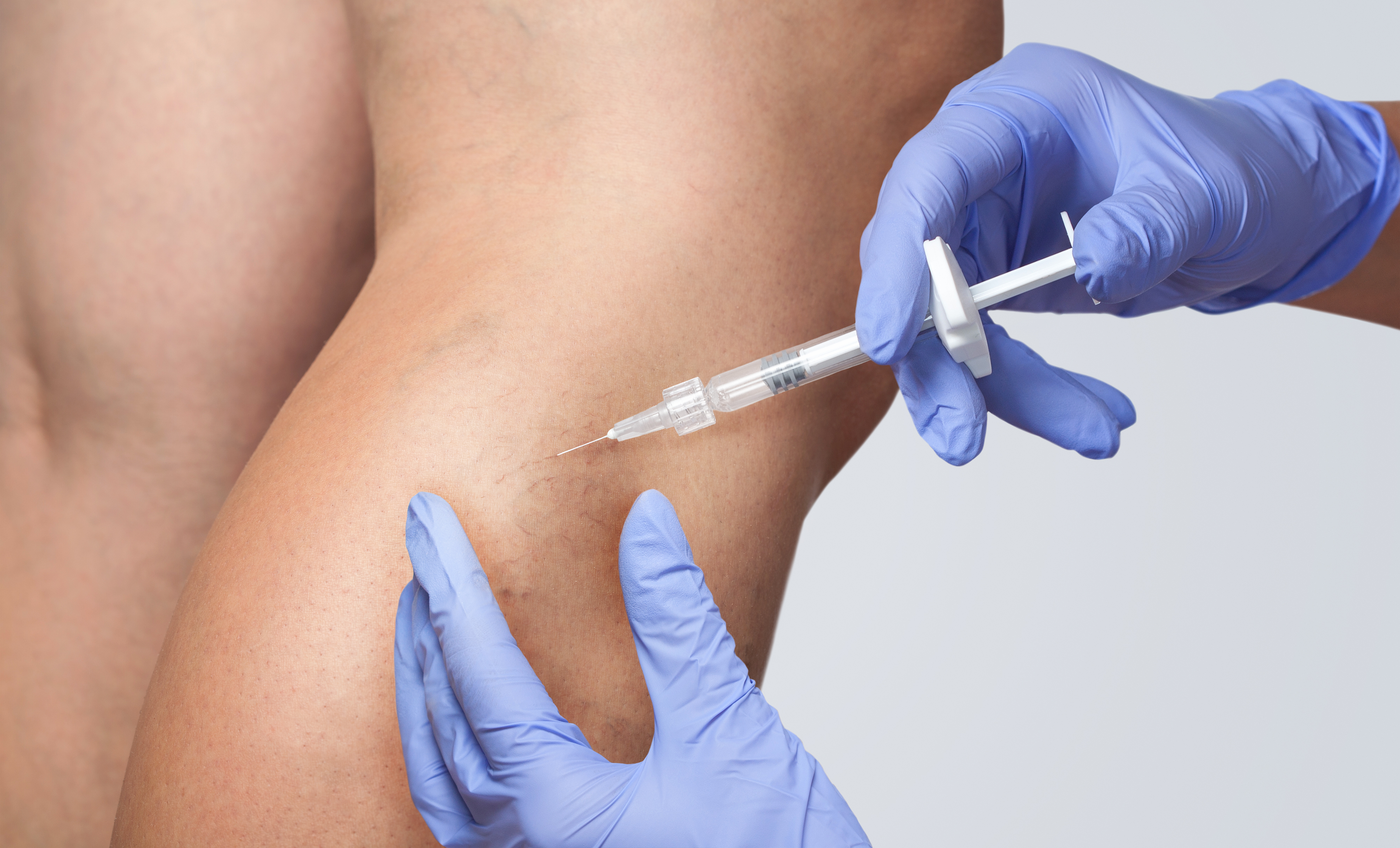
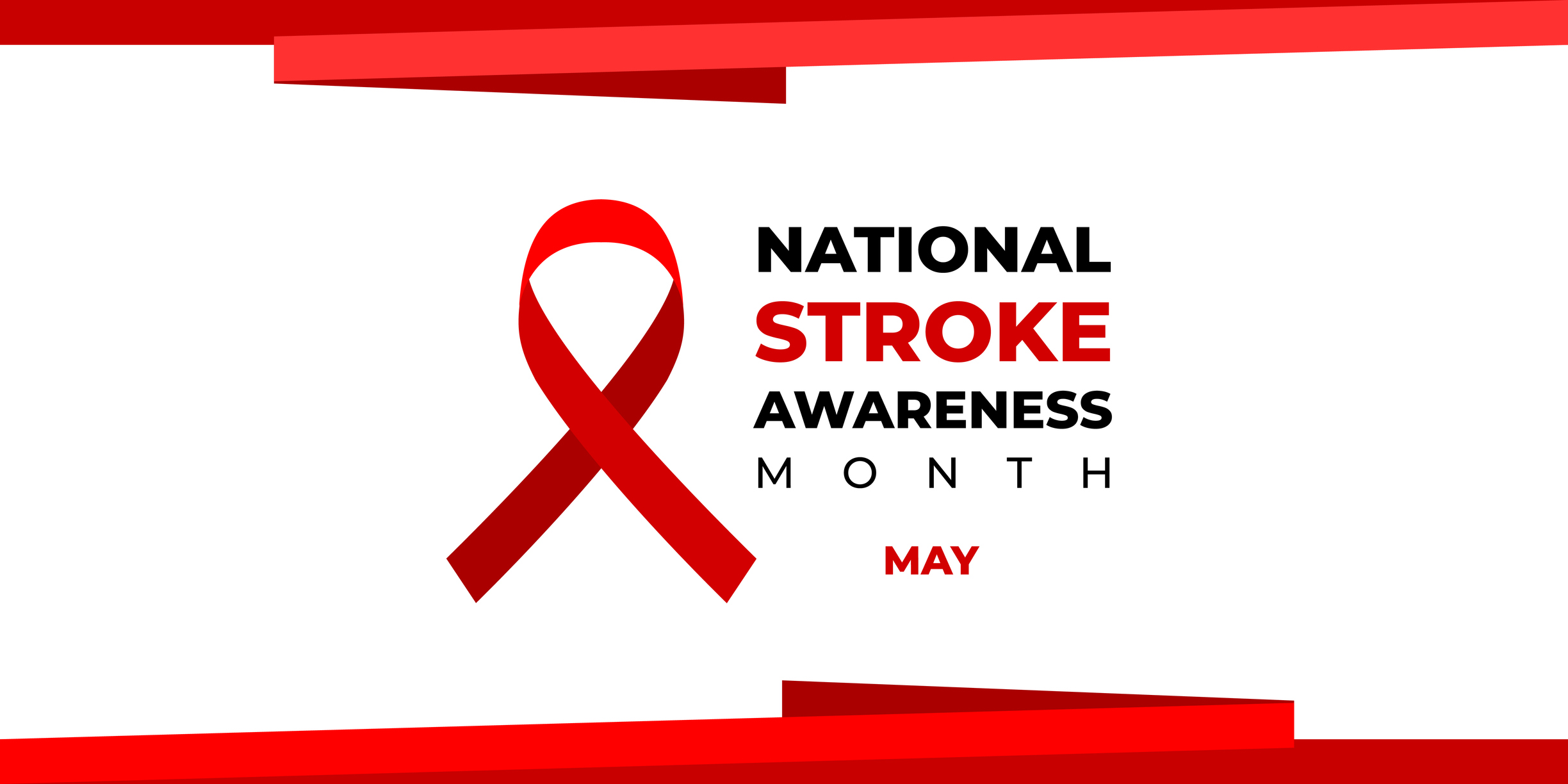


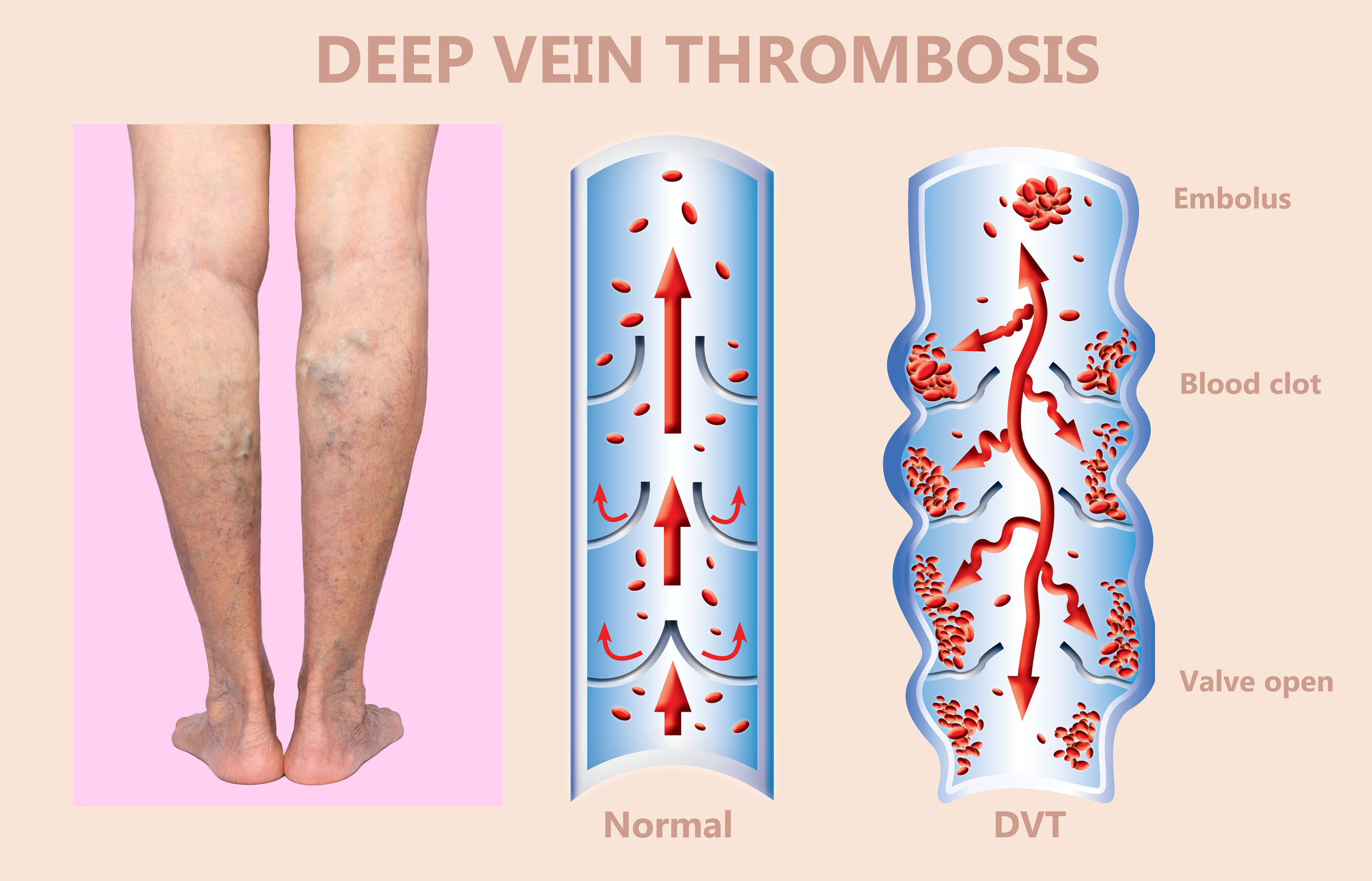



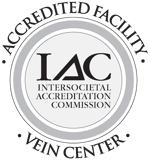
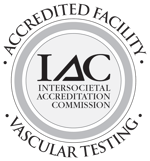
.jpg?width=944&name=Castle-Connolly-Top-Doctors-Emblem-Large%20(4).jpg)